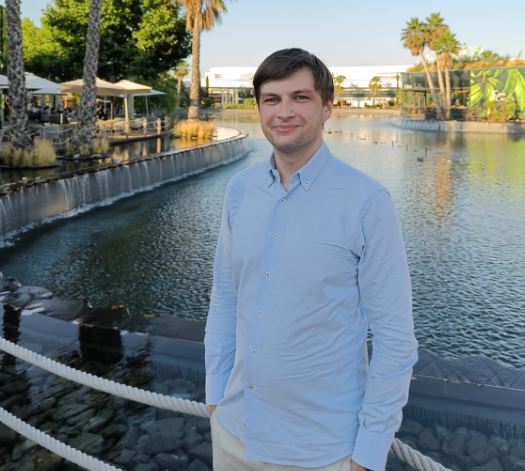My name is Hubert Wasik, and I have been part of the R&D team of Aernnova Engineering Division (Madrid) for about 1 year under the direction of Federico Martín de la Escalera, in charge of this department. I started as an intern to do my TFG, and after finishing this stage, I continued in Aernnova developing digital models based on the manufacture of composite components, under the Digital Twin project whose development is directly related to the activities of WP 9.2 of the HERA project.
The HERA project focuses its activity on the regional aircraft concept by developing and integrating new technologies with the objective of meeting the -50% greenhouse gas (GHG) emissions target established in the Strategic Research and Innovation Agenda (SRIA).
The HERA aircraft, with an approximate size of 50-100 seats, will be ready to enter service by mid-2030 for distances up to 500 km and will include hybrid-electric propulsion based on batteries or fuel cells as energy sources supported by SAF or hydrogen burning making these aircraft more sustainable, safer and faster.
Aernnova is leader of WP 9.2 under the direction of Carolina Cabo, responsible for the coordination and monitoring of the activities of the partners of the package: Airbus, Leonardo and Inegi.
The work under WP 9.2 focuses on the analysis of the energy consumption of industrial processes such as composite materials manufacturing and on the reduction and reuse of consumables and industrial tools, addressing an eco-sustainable end-to-end and waste-free digital design and manufacturing process approach, leading to the goal of climate-neutral aircraft.
The event, held in Naples on May 28-29, brought together the several partners to present the progress made during the first 15 months of the HERA project and to discuss the progress of the different work packages and activities. On the part of Aernnova, I was able to present the work developed by our partners-collaborators in subpackage 9.2, as well as our own progress, mainly focused on Digital-Twin applications focused on material reduction and optimization of the energy consumption involved in the processes.
As a personal experience, I found it very interesting, not only because I was able to acquire a much clearer overview of the project, but also because I was able to meet in person and talk to many of the attendees, a key aspect in order to strengthen cooperation and discover potential synergies and collaborations for the development of future projects.
Finally, I would add that these meetings greatly humanize the work and allow to better understand the starting points and points of view of each partner, helping to understand the risks more clearly and to take advantage of the strengths of the various collaborations.




